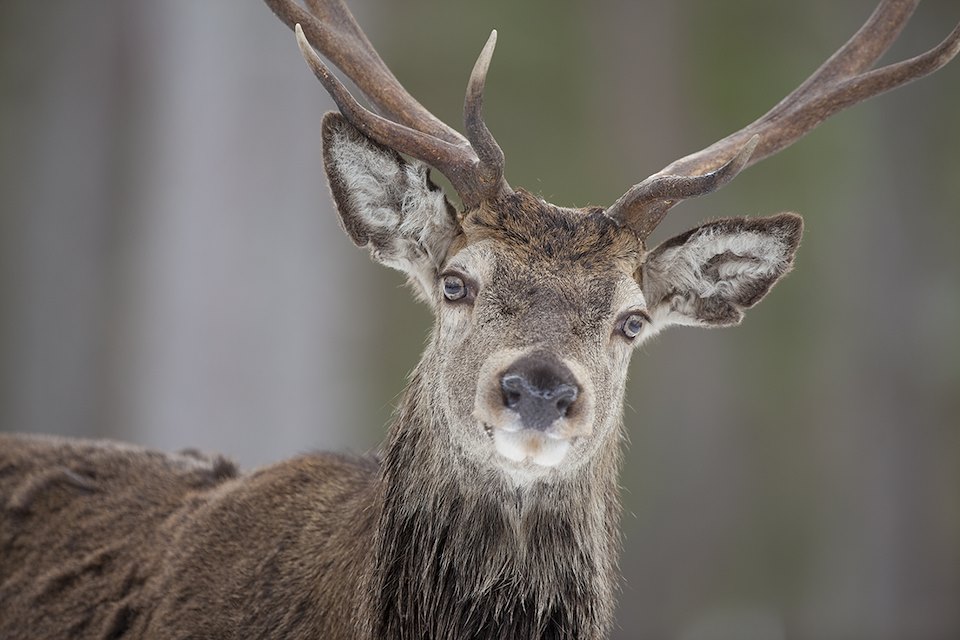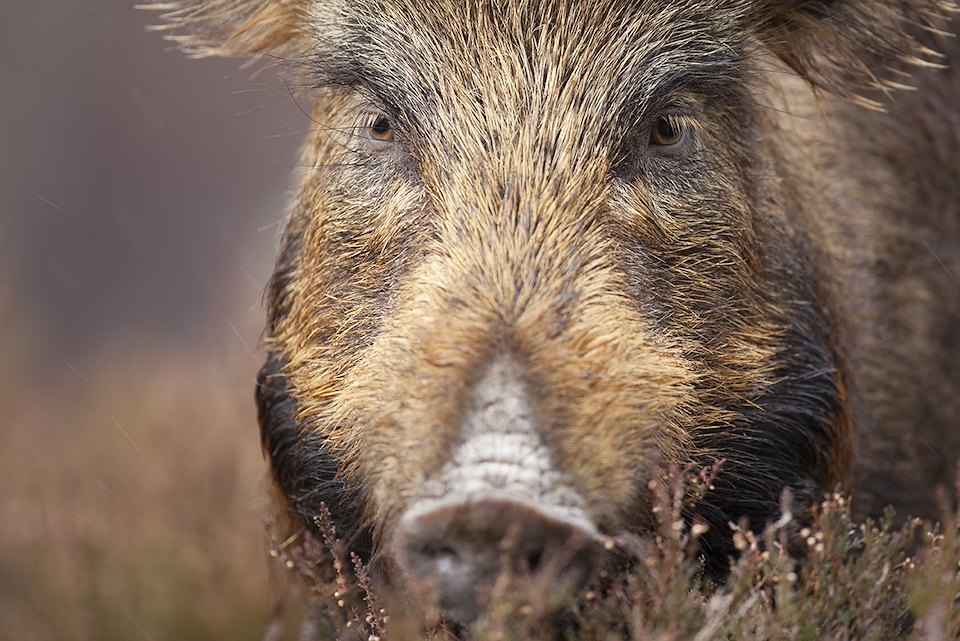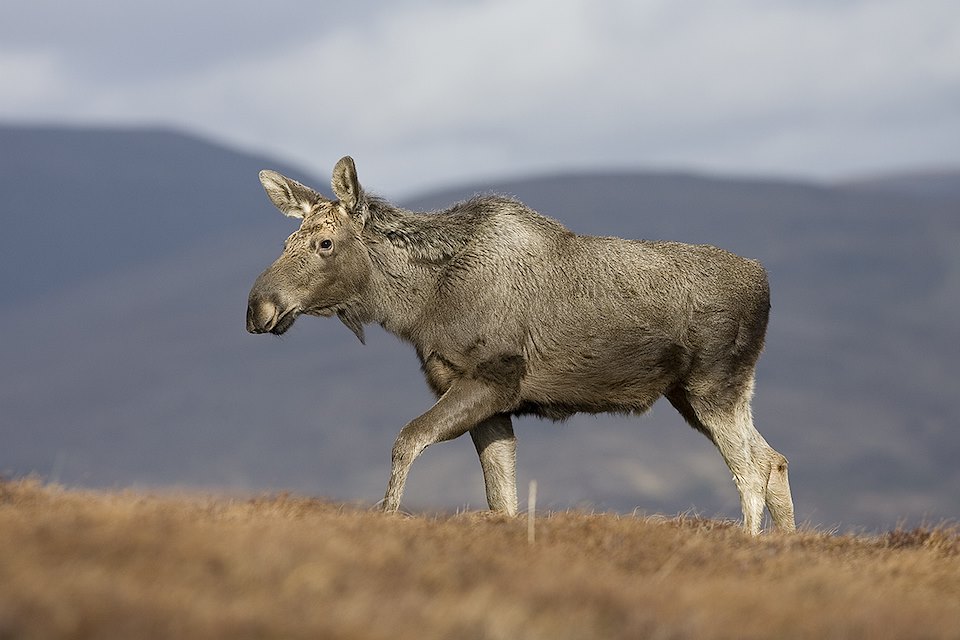Munching Mosaics
#Northwoods
Using appropriate grazers to replicate the impact of missing herbivores is one of the core principles that define the Northwoods Rewilding Network. And if you don’t have any of your own, no problem.

What is rewilding? Beyond the lurid headlines of wolves driving farmers off the land, it’s a social and cultural shift in mindset as much as it’s a physical change to the land or sea. There’s a philosophical switch in our heads that needs flicking so that we perceive a forest, a peatland, a loch or river as less of a fixed physical entity and more a set of dynamic processes with no predetermined end point. This can be challenging. We tend to attribute value to a particular landscape as it exists today and conserve it as such, both physically and in our minds. The idea that landscape change is not only inevitable but, from an ecological perspective, also necessary and beneficial, is something we’re not culturally attuned to.
Once that switch is flicked, rewilding becomes an evolving process of nature recovery driven by myriad agents of change. In Scotland today, many of those agents, such as the interactions between predators and prey, are either absent or suppressed through human intervention.
The role of apex predators such as lynx and wolves, and the ripple effect their presence creates, are regularly lauded in rewilding circles but there is less attention paid to the role of herbivores, and the fact that our living systems evolved across millennia in the presence of large plant eaters.
Before humans exerted a significant footprint on Scotland’s landscape, elk, beavers, wild boar, aurochs and red and roe deer roamed vast areas, shaping the landscape and driving processes such as vegetation succession, nutrient cycling and seed dispersal. Each of these vegetarians impacted the landscape in a different way creating a shifting mix of dense woodland, thickets of scrub, open glades, deadwood and wet, marshy margins. Today, these complex systems have been largely simplified, supporting much less life.
Using appropriate grazers to replicate the impact of missing herbivores is one of nine core principles that define the Northwoods Rewilding Network. For those network partners committed to natural grazing, cattle are the most favoured tool, with Highlanders, Belted Galloways and Shetlands being the most widely used breeds due to their resilience and ability to thrive on marginal ground with minimum intervention.
Nikki and James Yoxall of Grampian Graziers use Shetland cattle to work with landowners to improve soil health and enhance wildlife habitats. Presently, the couple’s roving herd are chomping away on Beldorney, an 850-acre estate on the banks of the River Deveron in Aberdeenshire.
“Our guiding principles are to create diversity and abundance and to nourish our community,” says Nikki, underlying a commitment to nature recovery while producing traceable, high-quality food for local people. “We’re not trying to recreate the past – we don’t see our cattle as replacements for aurochs – but we do see an essential role for ruminant animals in restoring healthy ecosystems. And, our animals will never be fed anything other than pasture and trees.”
The rolling hills of Beldorney, part of the Northwoods network, are typical of this part of Scotland. The horizon is dominated by dense conifer plantations and there is evidence of a familiar mix of historical land uses – farming, fishing and field sports. Now under the ownership of Highlands Rewilding, a new approach is being tested and the Shetlands are acting as agents of change.
“It’s all about creating mosaics,” says James. “These cattle will shape a vibrant mix of species-rich grassland, scrub and woodland benefitting dung beetles, swallows and owls – everything is connected to, and by, everything else. And from our perspective, people are very much part of that mosaic – human activity is another part of nature.”
Grampian Graziers offers an innovative approach to blending farming and rewilding. “We are effectively landless farmers,” laughs Nikki. “We can’t afford to buy more than a few acres, so we offer a service that brings ecological gain to other landowners, through a combination of our cattle and our knowledge of ecological principles.”
At Beldorney, the cows are regularly moved from one grazing area to another. “The cattle graze at high intensity but for short periods,” says James. “By mob grazing in a small area for just a few days and then giving the land plenty of time to rest, we’re almost creating the effect that would be achieved if the herd moved around in response to a predator.”
“We are effectively landless farmers!”
For the moment, the Yoxalls bring value to landowners through the positive impact of their cattle on various grazing arrangements. The return comes from the high-quality, premium-value beef produced and sold directly to local customers. Nikki is seeing a shift in how the value of their experience offers alternative income streams, however. “As farmers start to see the ecological benefits our cattle provide without having to own them, they’re increasingly willing to pay for our knowledge and advice.”
The area of ground under low intensity natural grazing in the Northwoods network is now around 2,000 acres and this is set to expand in the coming years. "By replicating the effect of long-lost herbivores, natural grazers help kick-start dynamic processes,” says James Nairne, Northwoods Project Lead. “An increasing number of Northwoods partners are seeking to create habitat complexity using cattle and I’m now seeing land partners starting to work collaboratively by sharing animals.”

Ballinlaggan in the Cairngorms is another Northwoods partner with a growing herd of ‘Belties’. Mark Hamblin is the owner: “Utilising a native cattle breed is a fundamental part of our plan to help restore species-rich grasslands. Just 18 months in and our mob-grazers are doing a great job creating habitat for lapwing and curlew, whilst plants such as bird's-foot trefoil are proliferating alongside species we've not seen here before.”
Elsewhere, Highland cattle can be found at several partner sites. Some are farmed for beef; others exist solely as rewilding agents and one partner uses his Highlanders as photographic models!
In a country where native woodland expansion is seen as an ecological priority – Scotland retains just 3% of its historical coverage – it may seem counter-intuitive to encourage even more grazing pressure. If we accept that climate breakdown and global nature loss are two sides of the same coin, however, there is a case for returning not only diversity of life to our ecosystems but also abundance of life. There is growing evidence that links more animals – or more biomass – to the potential for mitigating climate change.
The concept of “animating the carbon cycle” encapsulates the role that wild animals play in regulating carbon exchange between habitats and the atmosphere through their foraging, by redistributing seeds and nutrients and by trampling soils and vegetation. Through their natural behaviours, animals can enhance the carbon density of plant communities, help prevent carbon-emitting wildfires and enhance carbon retention in soils through their influence on microbial processes and chemical reactions.
“We're still learning about the complex and often very nuanced impact of our cattle.”
This is relatively new science, but already the measured impacts of healthy wildlife populations are impressive. In East Africa, the Serengeti ecosystem has switched from being a major source of carbon to a sink, following the restoration of the wildebeest population to their historical levels. Protecting complex natural relationships between wolves, moose and trees across North America’s boreal region can take up enough carbon each year to offset the equivalent of 10% of US emissions from fossil fuel burning.
These are just two examples from a growing body of evidence suggesting that if we treat nature as our partner – which means protecting intact natural systems that are the very foundation of carbon storage, and rewilding key areas to functionality by restoring global wildlife populations – we can magnify carbon uptake by up to 12.5 times across the world’s terrestrial, freshwater and marine ecosystems. Using grazers to replicate the impact of missing herbivores is one way that Northwoods is contributing to animating the carbon cycle.
“We’re still learning about the complex and often very nuanced impact of our cattle,” says James Yoxall, looking out over a mosaic of scattered birch, alder and oak, smudged with yellow gorse and spring green willow, and filled with the hum of insect life. “Our cattle were here just a couple of weeks ago and even their dung has catalysed greater insect abundance.”
It could be argued that rewilding is about understanding the art of possible. It’s not about a strict definition or knowing all the answers, but rather advancing the idea that more wildness is possible virtually everywhere, and you can wild the space you control with the tools you have available.












